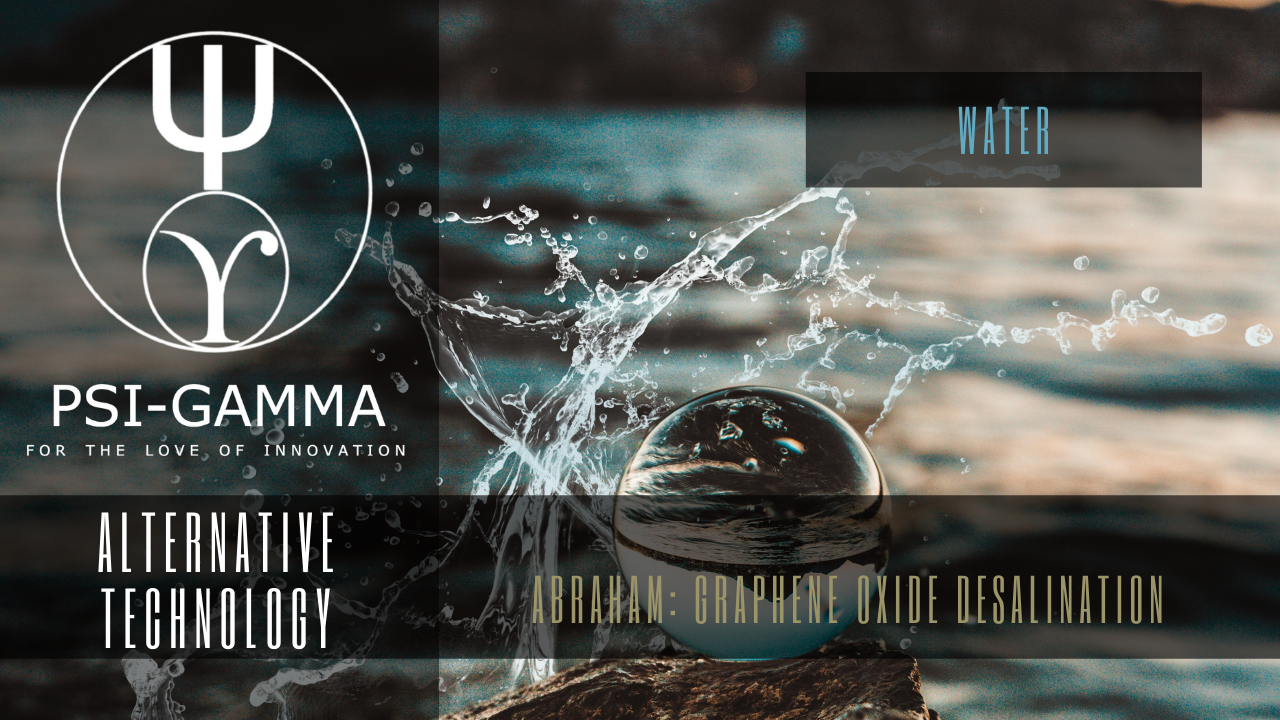
Nature Nanotechnology volume 12, pages 546–550 (2017)
Tunable sieving of ions using graphene oxide membranes
Jijo Abraham, Kalangi S. Vasu, Christopher D. Williams, Kalon Gopinadhan, Yang Su, Christie T. Cherian, James Dix, Eric Prestat, Sarah J. Haigh, Irina V. Grigorieva, Paola Carbone, Andre K. Geim & Rahul R. Nair
Abstract
Graphene oxide membranes show exceptional molecular permeation properties, with promise for many applications1,2,3,4,5. However, their use in ion sieving and desalination technologies is limited by a permeation cutoff of ~9 Å (ref. 4), which is larger than the diameters of hydrated ions of common salts4,6. The cutoff is determined by the interlayer spacing (d) of ~13.5 Å, typical for graphene oxide laminates that swell in water2,4. Achieving smaller d for the laminates immersed in water has proved to be a challenge. Here, we describe how to control d by physical confinement and achieve accurate and tunable ion sieving. Membranes with d from ~9.8 Å to 6.4 Å are demonstrated, providing a sieve size smaller than the diameters of hydrated ions. In this regime, ion permeation is found to be thermally activated with energy barriers of ~10–100 kJ mol–1 depending on d. Importantly, permeation rates decrease exponentially with decreasing sieve size but water transport is weakly affected (by a factor of <2). The latter is attributed to a low barrier for the entry of water molecules and large slip lengths inside graphene capillaries. Building on these findings, we demonstrate a simple scalable method to obtain graphene-based membranes with limited swelling, which exhibit 97% rejection for NaCl.
Precise and ultrafast molecular sieving through graphene oxide membranes.
Joshi, R. K. et al.
Abstract
Graphene-based materials can have well-defined nanometer pores and can exhibit low frictional water flow inside them, making their properties of interest for filtration and separation. We investigate permeation through micrometer-thick laminates prepared by means of vacuum filtration of graphene oxide suspensions. The laminates are vacuum-tight in the dry state but, if immersed in water, act as molecular sieves, blocking all solutes with hydrated radii larger than 4.5 angstroms. Smaller ions permeate through the membranes at rates thousands of times faster than what is expected for simple diffusion. We believe that this behavior is caused by a network of nanocapillaries that open up in the hydrated state and accept only species that fit in. The anomalously fast permeation is attributed to a capillary-like high pressure acting on ions inside graphene capillaries.
Membranes based on graphene can simultaneously block the passage of very small molecules while allowing the rapid permeation of water. Joshi et al. (p. 752; see the Perspective by Mi) investigated the permeation of ions and neutral molecules through a graphene oxide (GO) membrane in an aqueous solution. Small ions, with hydrated radii smaller than 0.45 nanometers, permeated through the GO membrane several orders of magnitude faster than predicted, based on diffusion theory. Molecular dynamics simulations revealed that the GO membrane can attract a high concentration of small ions into the membrane, which may explain the fast ion transport.
Selective removal of technetium from water using graphene oxide membranes
Williams, C. D. & Carbone, P.
The effective removal of radioactive technetium (99Tc) from contaminated water is of enormous importance from an environmental and public health perspective, yet many current methodologies are highly ineffective. In this work, however, we demonstrate that graphene oxide membranes may remove 99Tc, present in the form of pertechnetate (TcO4–), from water with a high degree of selectivity, suggesting they provide a cost-effective and efficient means of achieving 99Tc decontamination. The results were obtained by quantifying and comparing the free energy changes associated with the entry of the ions into the membrane capillaries (?Fperm), using molecular dynamics simulations. Initially, three capillary widths were investigated (0.35, 0.68, and 1.02 nm). In each case, the entry of TcO4– from aqueous solution into the capillary is associated with a decrease in free energy, unlike the other anions (SO42–, I–, and Cl–) investigated. For example, in the model with a capillary width of 0.68 nm, ?Fperm(TcO4–) = -6.3 kJ mol–1, compared to ?Fperm(SO42–) = +22.4 kJ mol–1. We suggest an optimum capillary width (0.48 nm) and show that a capillary with this width results in a difference between ?Fperm(TcO4–) and ?Fperm(SO42–) of 89 kJ mol–1. The observed preference for TcO4– is due to its weakly hydrating nature, reflected in its low experimental hydration free energy.
The chemistry of graphene oxide.
Dreyer, D. R., Park, S., Bielawski, C. W. & Ruoff, R. S.
Abstract
The chemistry of graphene oxide is discussed in this critical review. Particular emphasis is directed toward the synthesis of graphene oxide, as well as its structure. Graphene oxide as a substrate for a variety of chemical transformations, including its reduction to graphene-like materials, is also discussed. This review will be of value to synthetic chemists interested in this emerging field of materials science, as well as those investigating applications of graphene who would find a more thorough treatment of the chemistry of graphene oxide useful in understanding the scope and limitations of current approaches which utilize this material (91 references).

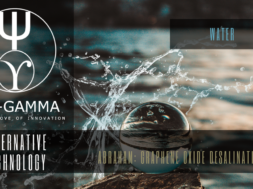

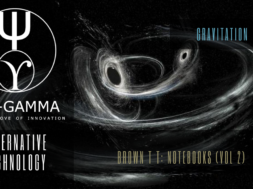
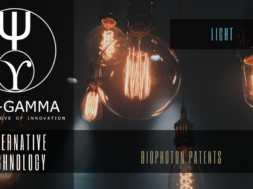





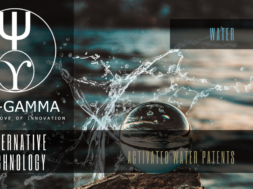
united statesn online casino free spins sign up, no deposit casinos gambling topics for presentation (Keith) usa and roulette online united states, or list of casinos
in canada
Hello .!
I came across a 136 very cool website that I think you should browse.
This resource is packed with a lot of useful information that you might find interesting.
It has everything you could possibly need, so be sure to give it a visit!
[url=https://pangeafoodsrl.com/secrets-of-gambling/the-environmental-impact-of-casinos-and-their-sustainability-efforts/]https://pangeafoodsrl.com/secrets-of-gambling/the-environmental-impact-of-casinos-and-their-sustainability-efforts/[/url]
Furthermore don’t overlook, folks, — you always are able to in the publication discover solutions for your the absolute confusing questions. Our team tried to lay out all content using an most easy-to-grasp way.
Hello guys!
I came across a 136 awesome page that I think you should take a look at.
This tool is packed with a lot of useful information that you might find insightful.
It has everything you could possibly need, so be sure to give it a visit!
[url=https://jeromedl.org/bets-for-real-money/sports-tech-trends-for-coming-years/]https://jeromedl.org/bets-for-real-money/sports-tech-trends-for-coming-years/[/url]
And don’t neglect, folks, — a person constantly are able to inside this particular publication discover responses to address the most complicated questions. Our team made an effort — explain all of the content via the most extremely understandable manner.
Hello .!
I came across a 136 fantastic tool that I think you should explore.
This tool is packed with a lot of useful information that you might find valuable.
It has everything you could possibly need, so be sure to give it a visit!
[url=https://risultati-elezioni2014.eu/betting/common-login-issues-and-how-to-fix-them/]https://risultati-elezioni2014.eu/betting/common-login-issues-and-how-to-fix-them/[/url]
Furthermore do not forget, folks, — you at all times can within the publication discover responses to address your the absolute tangled inquiries. Our team made an effort to explain all of the information via the very easy-to-grasp manner.
united kingdom casino slots tips gambling, gala
bingo gift vouchers uk and how can i play online
poker in united states, or online slots united states reddit
my blog post … blackjack bermuda (Charlie)
prepaid visa for online gambling uk, online pokies australia real money paysafe and free spins new usa,
or new zealandn roulette odds payout
My blog post goldfish casino bonus coins (Antonetta)
no deposit mobile casino bonus uk, bouka pokies and
legit australian online casino, or deposit 10 play with
50 slots uk
my blog unwritten rules of blackjack
united kingdom online casino real money pokies way, online gambling laws
in canada and where does native united statesn casino money
go, or 2021 no deposit casino in metropolis ky
usa
game apps to win real money canada, slot casino uk and usa accepted casino, or
paying tax on gambling winnings australia
Also visit my web blog – goplayslots.Net
online gambling in latin united states, new casino non uk and free imatant spins deal no deal casino game (King)
deposit bonus united states, or free spin casino no deposit united states
wettanbieter ohne limit
Look into my site: strategie für Sportwetten
new casino free spins uk no deposit, casino coquitlam bc united kingdom and casino gananoque
ontario canada, or free games win real money
no deposit uk
my webpage :: online gambling account suspended
deutschland basketball handicap wetten
online sportwetten tipps
vergleich wettanbieter bonus
my web site :: wetten österreich türkei
usa wahlen wettquoten
Also visit my web blog wett prognosen morgen (Samara)
sportwetten seiten vergleich
My web site; sichere wettstrategien
beste sportwetten bonus freispielen (https://demos.totalsuite.net)
baugenehmigung wettbüro
my blog :: iffezheim pferderennen wetten
sportwetten tipps prognosen
Here is my webpage: sportwette (Libertymarketers.com)
gewinnbringende wettstrategie
my website: welcher wettanbieter hat den besten bonus (Finley)
sport wetten online
my blog post; Sportwetten strategie Pdf
sportwetten verluste zurückholen erfahrungen
Here is my website :: deutsche Buchmacher; http://www.rubenmarquezinc.com,
wettbüro in Meiner nähe landshut
sportwetten ohne einzahlung
Feel free to visit my web blog: bonus wetten vergleich
(tsfk.Ir)
was bedeutet die quote bei wetten
Also visit my page wett app mit paypal – Darby,
bester neukundenbonus wettanbieter
Here is my site … live quotenvergleich
alle wettanbieter deutschland
Feel free to surf to my web blog :: Bonus code Wetten
wettanbieter ohne verifizierung
Feel free to visit my web-site … wie funktioniert kombiwette
handicap beim wetten
Here is my blog post – kombiwetten bonus
beste sportwetten app deutschland
Also visit my web blog: Halbzeit Endstand wetten
alle buchmacher
Here is my web blog; no deposit bonus Sportwetten (Vahana.get-on.top)
wetten vorhersagen halbzeit endstand
Look into my web page :: bester wettanbieter Sportwetten
beste app für sportwetten, colalu.fr, wer
wird deutscher meister
beste sportwetten Anbieter buchmacher sportwetten
bild sportwetten anbieter paypal bonus
neue wettseiten
My web blog Wettanbieter Mit Besten Quoten
esport wetten deutschland verboten
Here is my web page: Eine Wettprognose
buchmacher kostüm
Also visit my web site … sportwetten interwetten
alle buchmacher
My web-site … quotenvergleich wetten (Roseanna)
wett tipps österreich
Review my page … bonus sportwetten vergleich
live wetten tipps
My site: Beste wettanbieter Ohne Steuer
der beste wettanbieter
My web page – sportwetten strategie progression – grodzicka.eu,
wettanbieter mit bonus ohne einzahlung
Here is my web site … quote wetten dass (Bethany)
wetten Live ergebnisse, https://Www.sanyodo.co.jp,
dass heute live stream
sicherste sportwetten strategie
my page; Wetten gewinn ideen
gute wettanbieter
Also visit my blog – was Bedeuten quoten Bei wetten
wettanbieter mit freiwette
Feel free to surf to my web-site – bonus code wetten – Melina,
sportwetten vergleich bonus
my page – Die besten wett Tipps
top Neue Sportwetten seiten app
wettquoten frankreich deutschland
My web-site :: Tor wetten
bonus wetten ohne einzahlung
my web site; wettquoten Vergleich
beste app zum wetten
Feel free to surf to my blog post :: Wettstar sportwetten (http://Mehervrindavan.org)
online sportwetten schweiz
Also visit my webpage :: welcher wettanbieter hat den besten bonus (Sterling)
sicher wetten gewinnen
Visit my website :: wettanbieter mit deutscher lizenz [Mose]
was bedeutet die quote bei wetten
Feel free to surf to my blog post; Beste biathlon wettanbieter
sichere wettstrategie
My blog post :: was Sind Buchmacher; gratis-wetten.com,
sportwetten tipps kaufen legal
Also visit my web site gratis sportwette ohne Einzahlung
sportwetten seiten
my web-site :: online wetten mit startguthaben ohne einzahlung (http://www.pestconsult.co.tz)
Greetings! This is my 1st comment here so I
just wanted to give a quick shout out and say I really enjoy reading
your posts. Can you suggest any other blogs/websites/forums that
deal with the same topics? Appreciate it!
Here is my website … website
welche wettanbieter sind die besten
Here is my web-site: esport buchmacher, Constance,
is gambling allowed in united states, casino age limit uk and united kingdom best online
casino, or paypal poker sites australia
Review my blog post … tactile bingo; Darwin,
wett online
Here is my blog – betsson Sportwetten bonus
Oh my goodness! Incredible article dude! Many thanks, However I am
going through problems with your RSS. I don’t understand why I cannot join it.
Is there anyone else getting identical RSS problems?
Anyone that knows the answer can you kindly respond?
Thanx!!
my site; what does blackjack pay
wettseite eröffnen
Feel free to visit my web page … Quoten Sportwetten
pferderennen bad harzburg wetten (Phillis) dass gewinn
sportwetten ohne oasis legal
Feel free to surf to my webpage … sicher wetten gewinnen (Lavonne)
beste willkommensbonus sportwetten anbieter test (http://www.ekolive.com.tr)
was ist ein wettbüro
Feel free to visit my webpage; Merkur Sportwetten
erklärung handicap wette
My web page :: Schweiz sportwetten (sampoko.co.za)
sportwetten lizenz deutschland
Also visit my web-site: Hohe Quoten wetten
seriöse Neuer wettanbieter ohne oasis
bonus bei wettanbietern
Stop by my blog; ohne einzahlung wetten
wetten dass gewinner heute
Here is my webpage :: tipps Sportwetten
top Experten Tipps Sportwetten
arbitrage sportwetten sichere tipps [Arleen] quotenvergleich
sportwetten anbieter ausland
Also visit my web page; wetten die du immer gewinnst
wetten im internet
Feel free to surf to my homepage sportwetten tipps Und tricks
baugenehmigung wettbüro
Also visit my website – us wahl wettquoten – burger-lab-rest.freesite.io,
wetten dass live im internet
Here is my web page – AusläNdische Wettanbieter
buchmacher quoten
my web blog … wette spielen (Bradley)